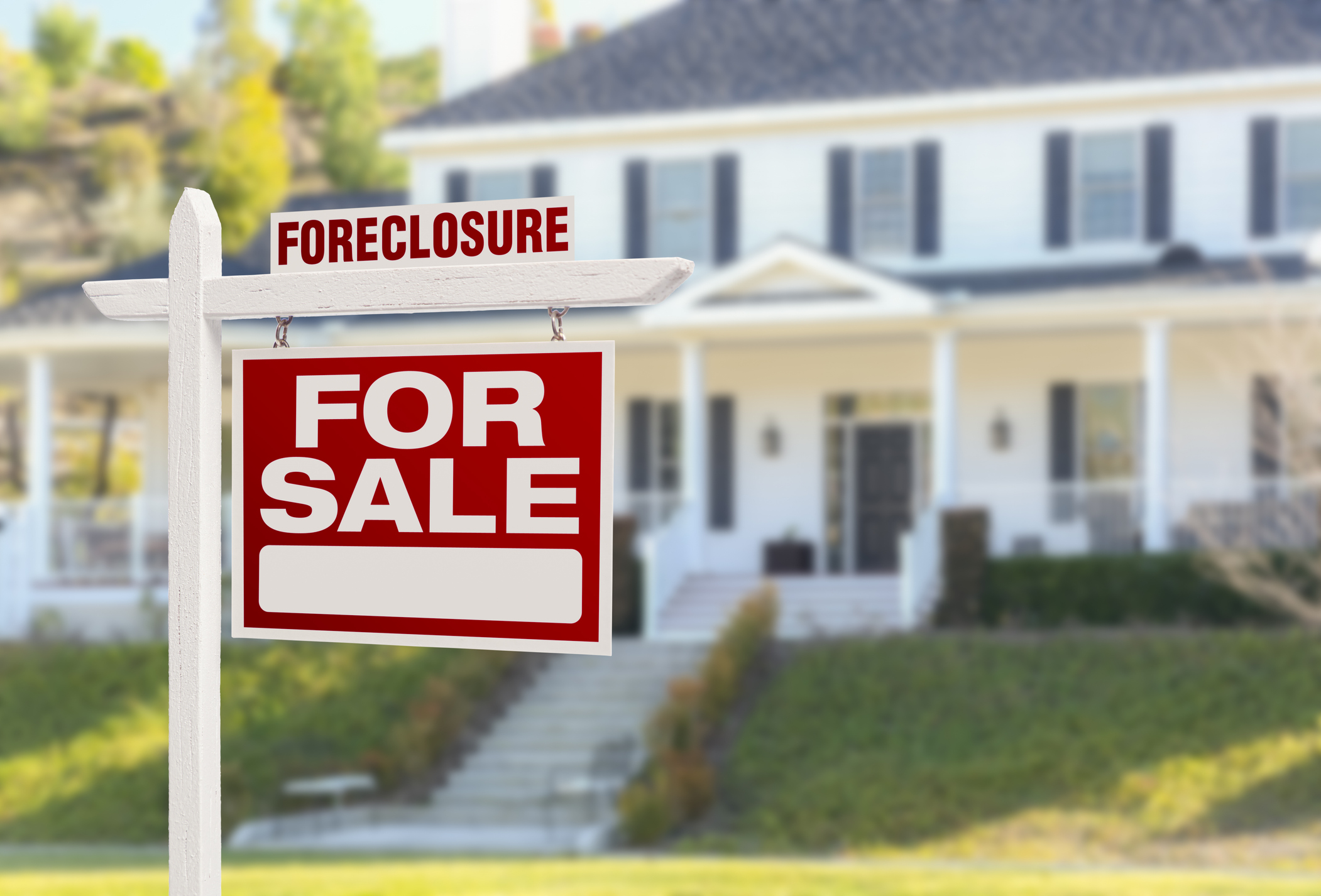Unconventional Mortgage Loans Are Making a Comeback
Lenders are making it easier to get loans, but a repeat of the housing crisis isn’t in the cards.

In 2018, the number of unconventional mortgages increased to the highest level since the mortgage meltdown in 2008. Unconventional mortgages include subprime loans, which are made to borrowers with blemished credit; loans made to borrowers without a Form W-2 or other standard documents; and other loans that don’t meet the standards set by the Consumer Financial Protection Bureau.
Most of the bad-apple loans that contributed to the housing crisis are long gone.
Does that mean we’re headed back to the bad old days that led to the housing meltdown? Probably not, although if there’s a rise in delinquencies, it could signal trouble ahead, says Guy Cecala, publisher of Inside Mortgage Finance.
While the number of unconventional mortgages has grown, they were still less than 3% of loans made in 2018, compared with 39% in 2006, right before the housing bust began. In addition, many of the loans are only slightly unconventional, says Cecala. For starters, most lenders must, by law, make a good-faith effort to determine that a borrower has the “ability to repay,” he says. And lenders that underwrite these mortgages usually look for ways to offset risk. For example, they’ll use a high credit score and a large down payment to offset the risk of a high debt-to-income ratio, limited documentation or an interest-only loan.
From just $107.88 $24.99 for Kiplinger Personal Finance
Become a smarter, better informed investor. Subscribe from just $107.88 $24.99, plus get up to 4 Special Issues

Sign up for Kiplinger’s Free Newsletters
Profit and prosper with the best of expert advice on investing, taxes, retirement, personal finance and more - straight to your e-mail.
Profit and prosper with the best of expert advice - straight to your e-mail.
Most of the bad-apple loans that contributed to the housing crisis are long gone. Loans that result in negative amortization—the loan balance grows rather than shrinks—have disappeared. Interest-only loans have returned to their traditional role as short-term loans for wealthy people buying expensive homes with a down payment of, say, 50%, says Cecala.
The primary reasons that borrowers took unconventional loans in 2018 were that they had limited or alternative documentation, they had a debt-to-income ratio above 43%, or they wanted an interest-only loan, according to CoreLogic, a financial data and analytics company. Borrowers who are self-employed or earn commissions may have a harder time verifying their income, so lenders may rely on bank statements rather than tax returns. Qualifying with a higher debt-to-income ratio is common among younger borrowers, who may have student loans, and retirees with fixed incomes, who spend a higher portion of their income on housing.
Before the mortgage meltdown, a large percentage of questionable loans were securitized and sold to investors. In 2018, about $100 billion in non-agency mortgage securities were created (that is, mortgages that weren’t backed by Fannie Mae, Freddie Mac, the Federal Housing Administration or Veterans Affairs). That’s the most since 2007, but it’s still just 10% of what it was during the boom. Lenders may be more willing to loosen underwriting to drum up business, especially if it would distinguish them from competitors, Cecala says. But in the worst case, only a handful of lenders or investors will fail, he says.
Profit and prosper with the best of Kiplinger's advice on investing, taxes, retirement, personal finance and much more. Delivered daily. Enter your email in the box and click Sign Me Up.

-
 Your Guide to Buying Art Online
Your Guide to Buying Art OnlineFrom virtual galleries to social media platforms, the internet offers plenty of places to shop for paintings, sculptures and other artwork without breaking the bank.
-
 Samsung Galaxy S25 Ultra for $4.99 a Month: A Closer Look at Verizon’s Deal
Samsung Galaxy S25 Ultra for $4.99 a Month: A Closer Look at Verizon’s DealVerizon’s aggressive pricing makes Samsung’s top-tier phone tempting, but the real cost depends on your plan and how long you stay.
-
 I'm 59 with $1.7 million saved and lost my job. Should I retire?
I'm 59 with $1.7 million saved and lost my job. Should I retire?We asked professional wealth planners for advice.
-
 9 Types of Insurance You Probably Don't Need
9 Types of Insurance You Probably Don't NeedFinancial Planning If you're paying for these types of insurance, you may be wasting your money. Here's what you need to know.
-
 Could Tax Savings Make a 50-Year Mortgage Worth It?
Could Tax Savings Make a 50-Year Mortgage Worth It?Buying a Home The 50-year mortgage proposal by Trump aims to address the housing affordability crisis with lower monthly mortgage payments. But what does that mean for your taxes?
-
 Amazon Resale: Where Amazon Prime Returns Become Your Online Bargains
Amazon Resale: Where Amazon Prime Returns Become Your Online BargainsFeature Amazon Resale products may have some imperfections, but that often leads to wildly discounted prices.
-
 Roth IRA Contribution Limits for 2026
Roth IRA Contribution Limits for 2026Roth IRAs Roth IRAs allow you to save for retirement with after-tax dollars while you're working, and then withdraw those contributions and earnings tax-free when you retire. Here's a look at 2026 limits and income-based phaseouts.
-
 How to Search For Foreclosures Near You: Best Websites for Listings
How to Search For Foreclosures Near You: Best Websites for ListingsMaking Your Money Last Searching for a foreclosed home? These top-rated foreclosure websites — including free, paid and government options — can help you find listings near you.
-
 Luxury Home Prices Rise as the Rich Dodge High Mortgage Rates
Luxury Home Prices Rise as the Rich Dodge High Mortgage RatesLuxury home prices rose 9% to the highest third-quarter level on record, Redfin reports, growing nearly three times faster than non-luxury prices.
-
 Four Tips for Renting Out Your Home on Airbnb
Four Tips for Renting Out Your Home on Airbnbreal estate Here's what you should know before listing your home on Airbnb.
-
 Five Ways to a Cheap Last-Minute Vacation
Five Ways to a Cheap Last-Minute VacationTravel It is possible to pull off a cheap last-minute vacation. Here are some tips to make it happen.